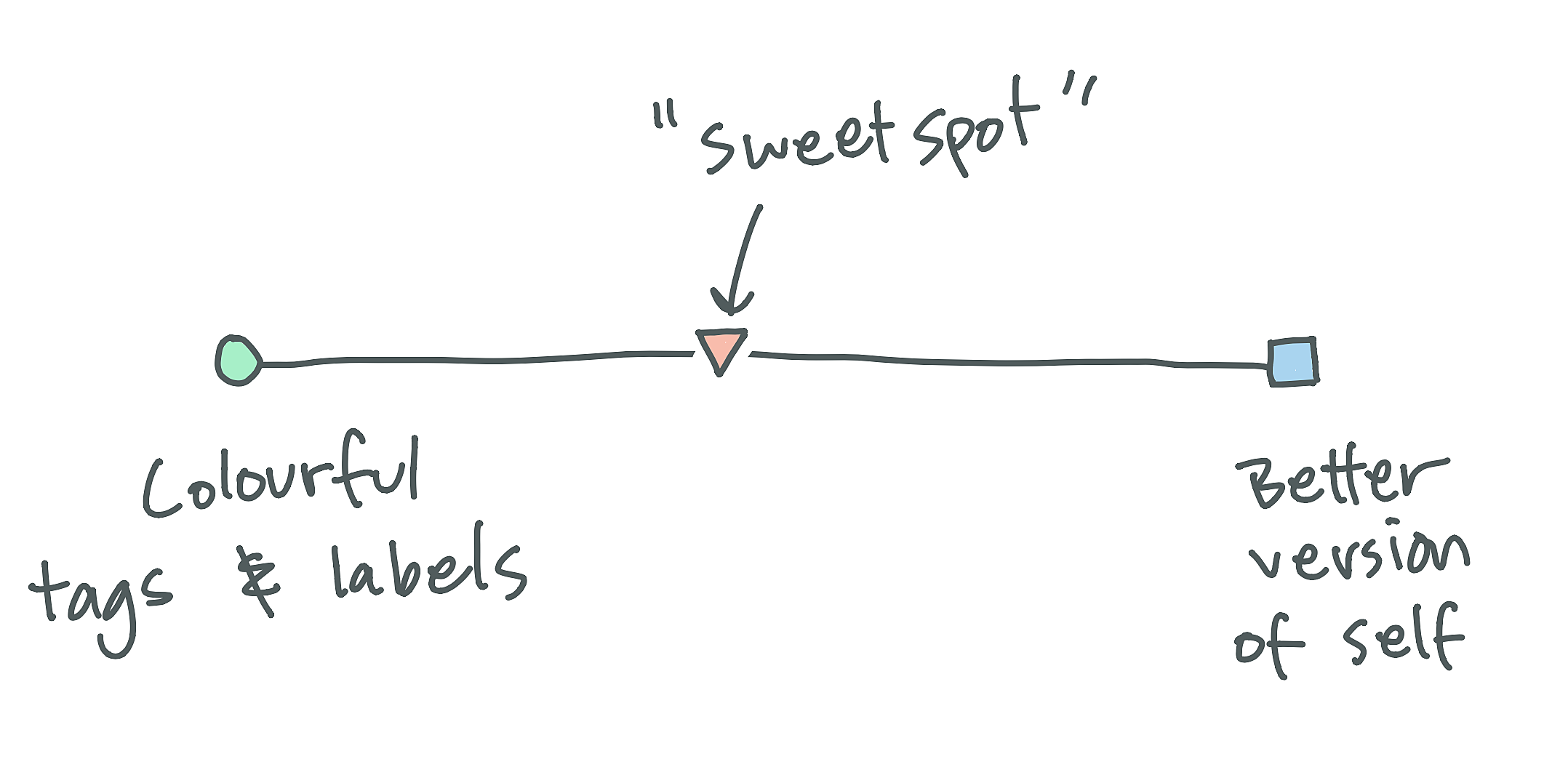
Your product can be a mediocre solution to lots of vague, undefined use cases. Vague use cases make things hard to use and difficult to remember.
A clear understanding of your primary use case helps you set the right goals and prioritise the right features.
The problem with thinking about products in terms of a primary use case is that it can be tricky to find the right level of abstraction.
If you go too broad, then every product is "making people a better version of themselves".
Too specific, and you believe people want your thing because it lets them tag their contacts with colourful labels.
The reality is that it's somewhere in the middle.
The best way to find the sweet spot is to listen to your users describe the problem in their own words. Speak to the people that use your product, and they will tell you exactly how they think about the problem.
You can't ask them directly because it a tough question to answer, but you can ask them why they signed up, whether it got the job done, how they handled things before your product came along, when they realised that they needed a solution. These stories will help you narrow in on the level of abstraction they use to think about the problem.
You've found the sweet spot when you can explain the problem using the words your customers use.